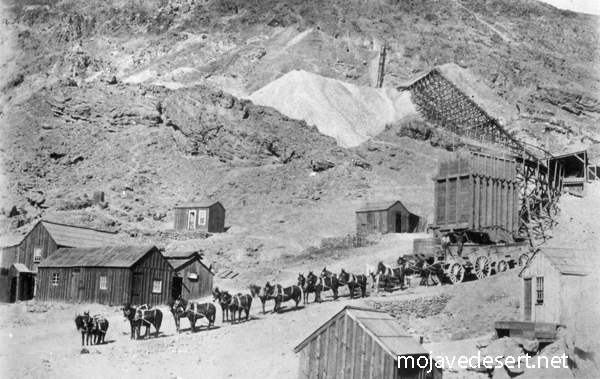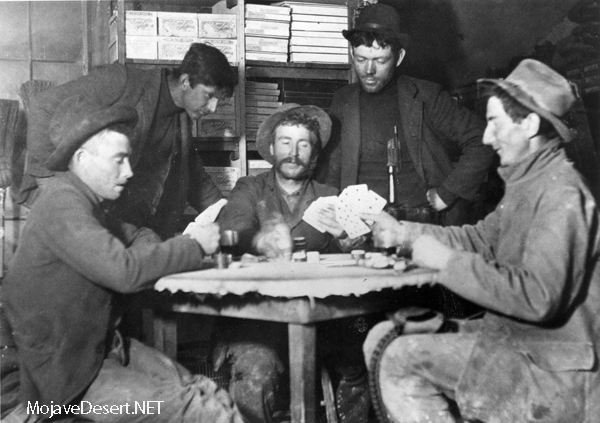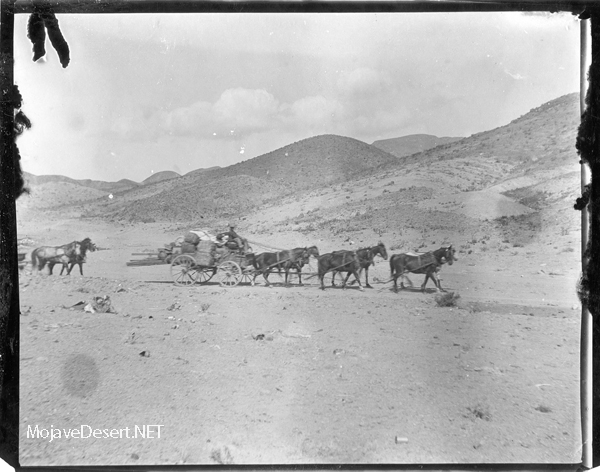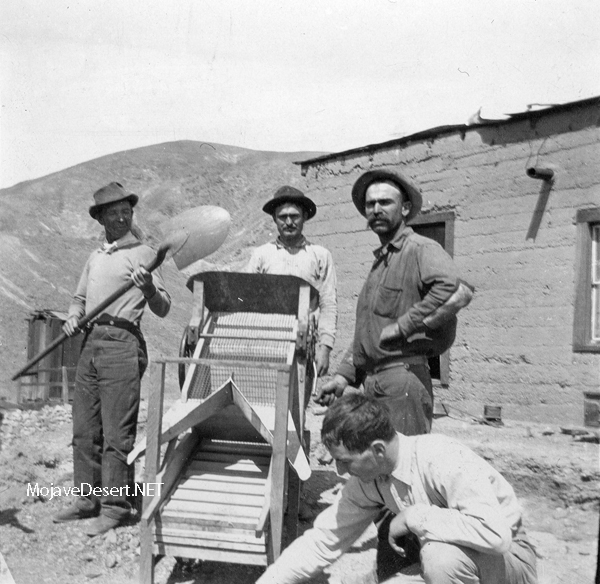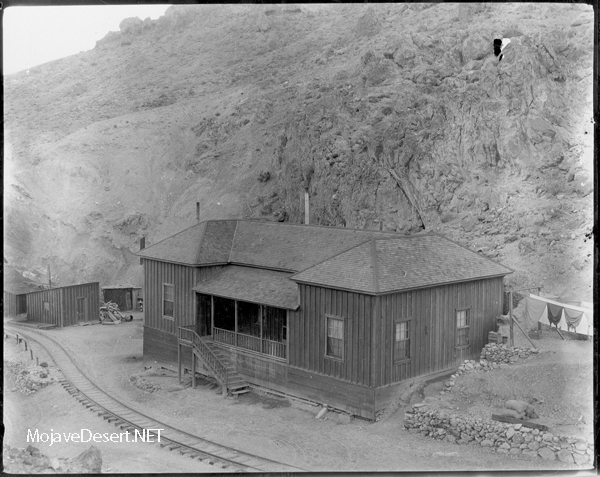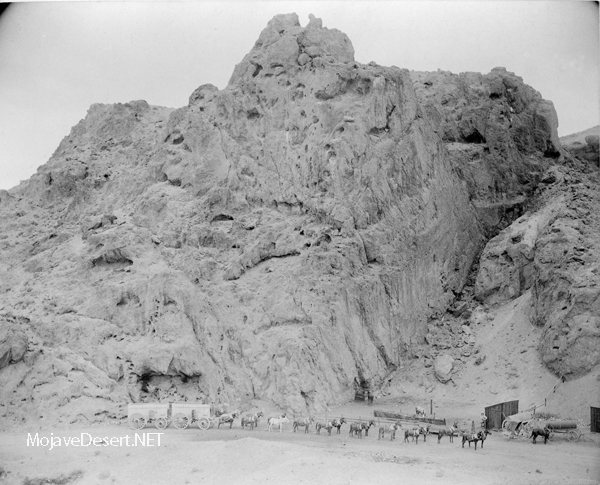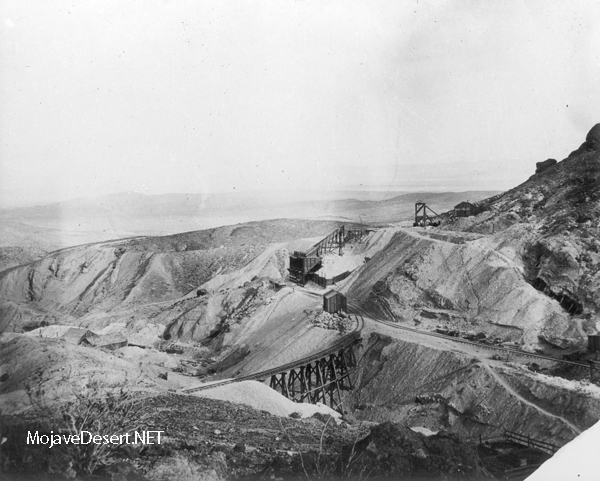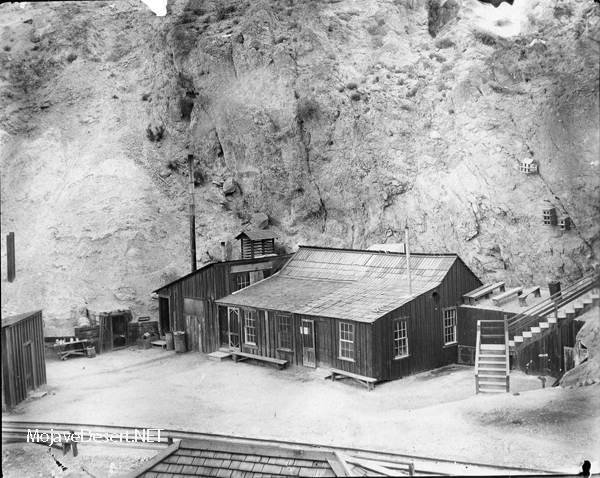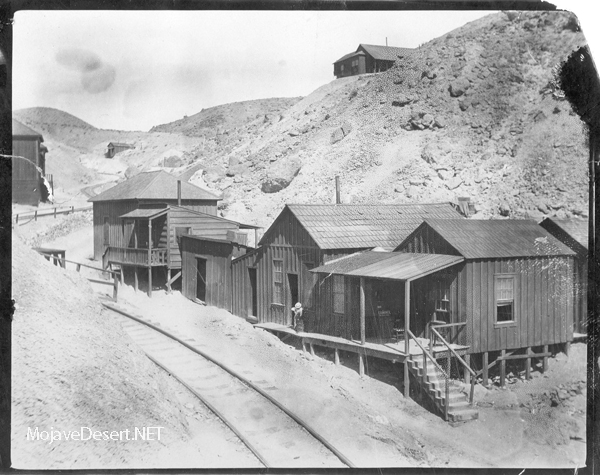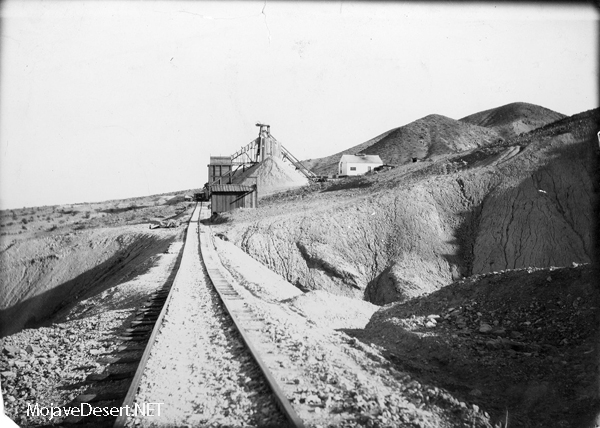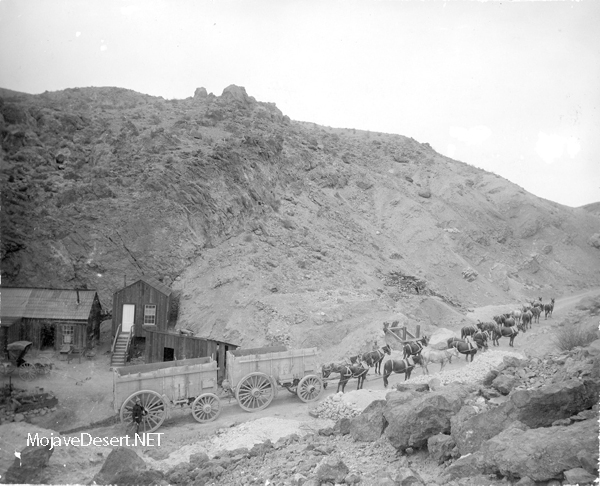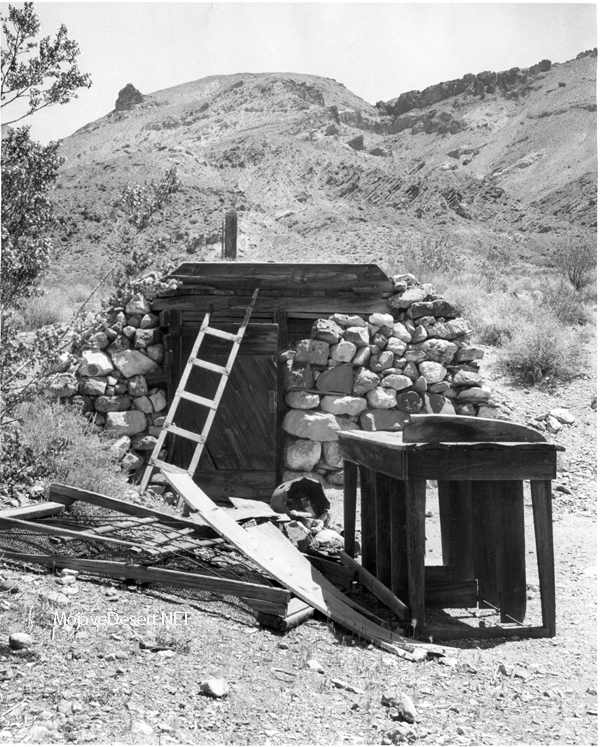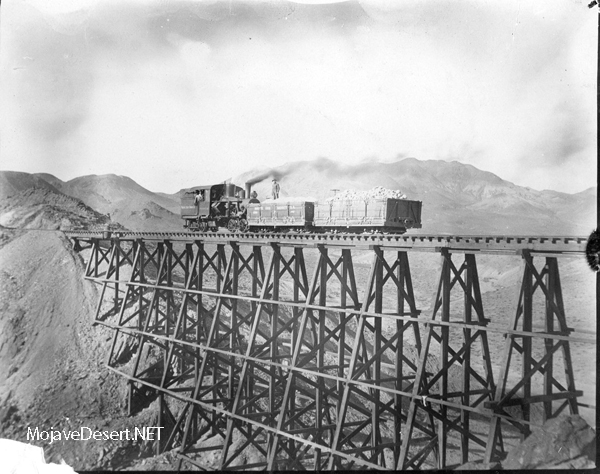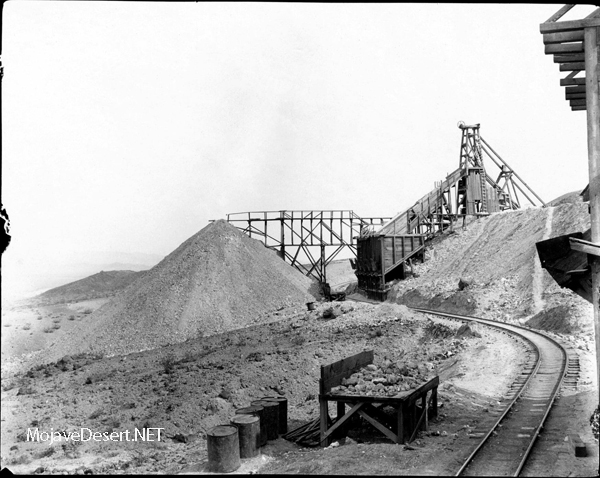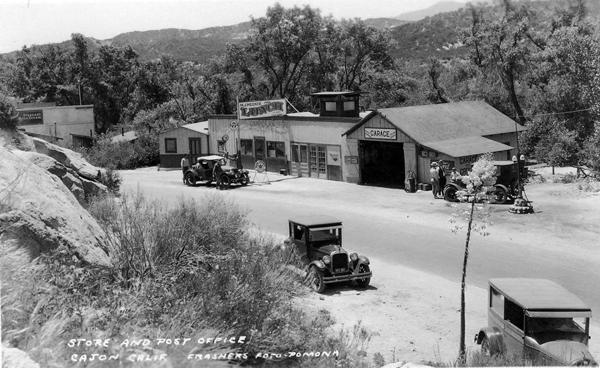

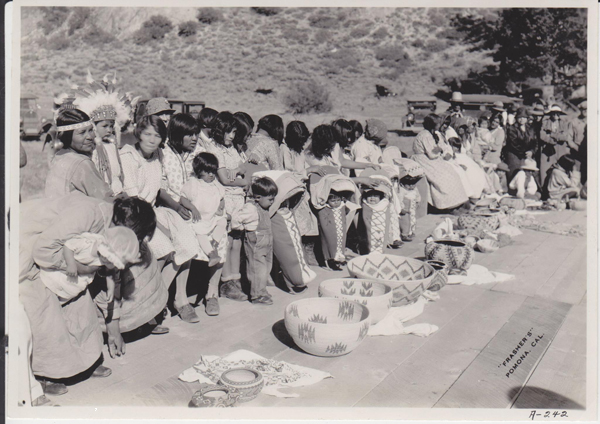
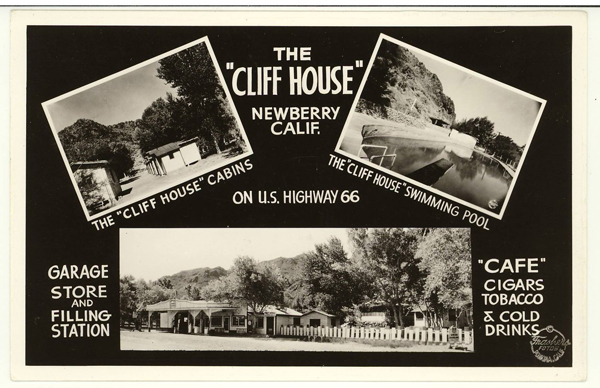
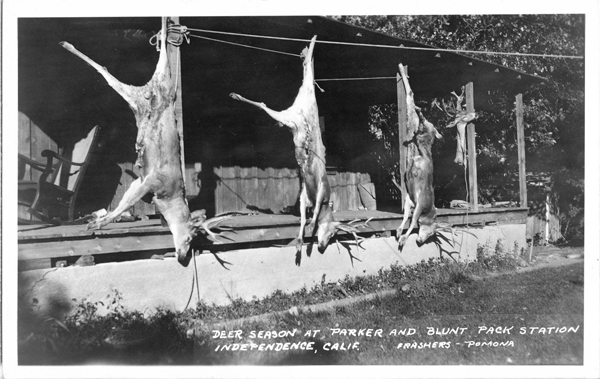
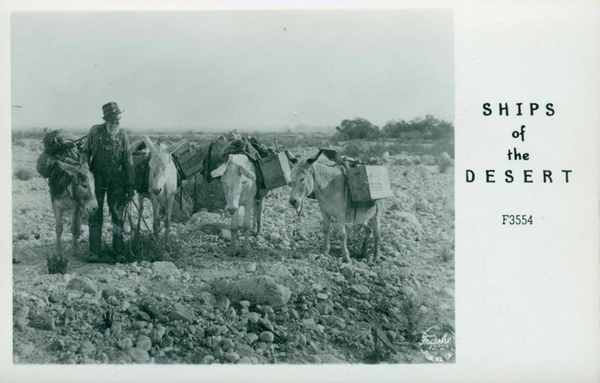

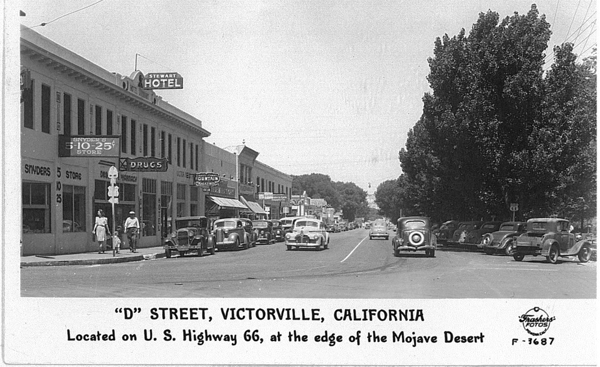

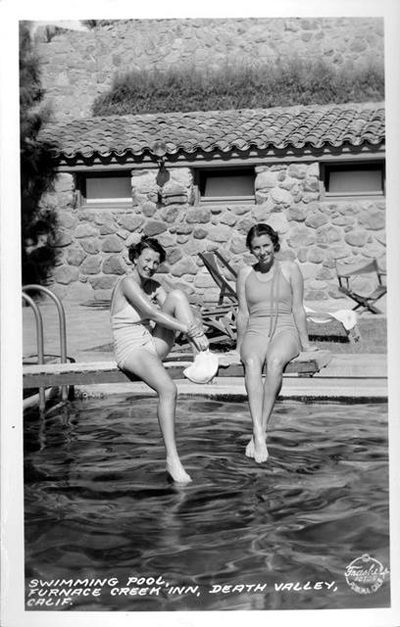
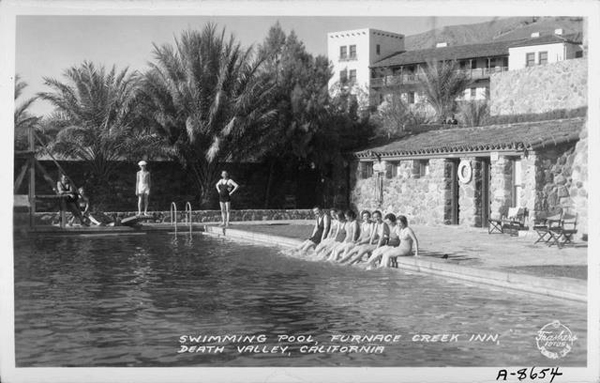


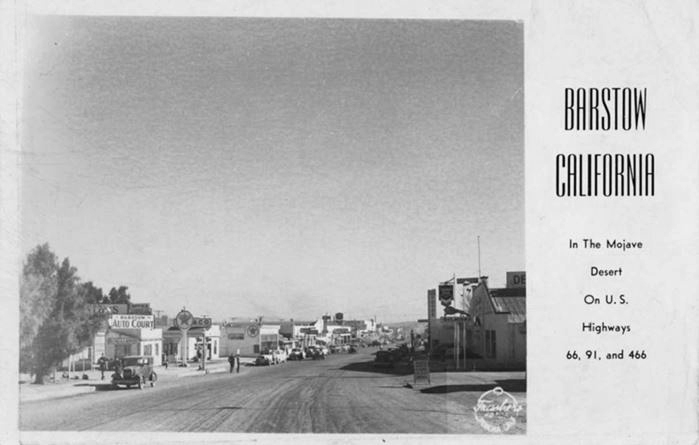

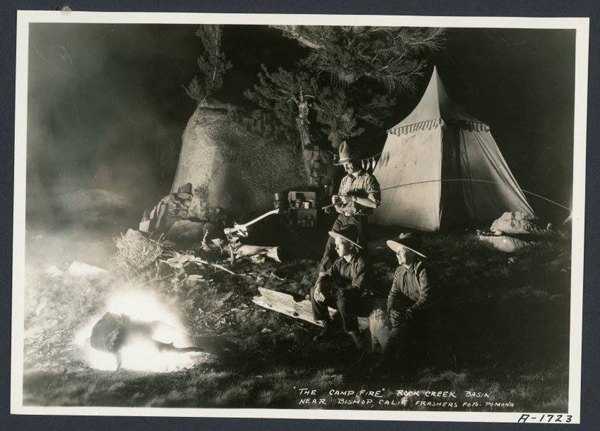
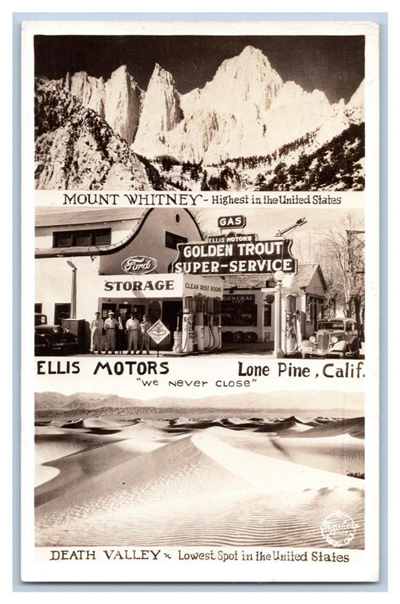

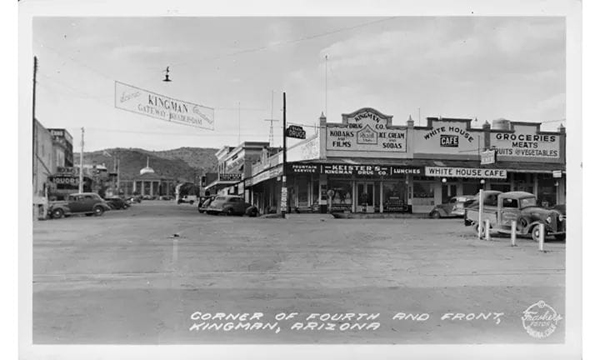



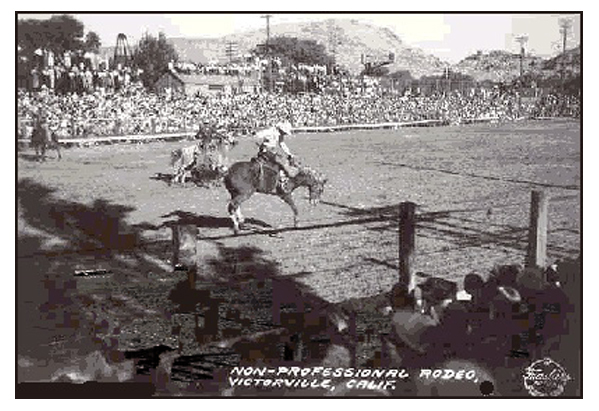
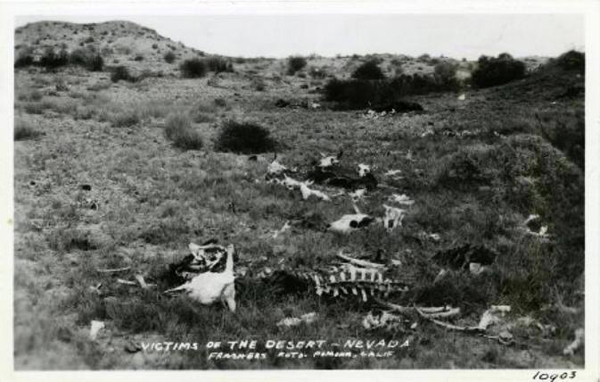
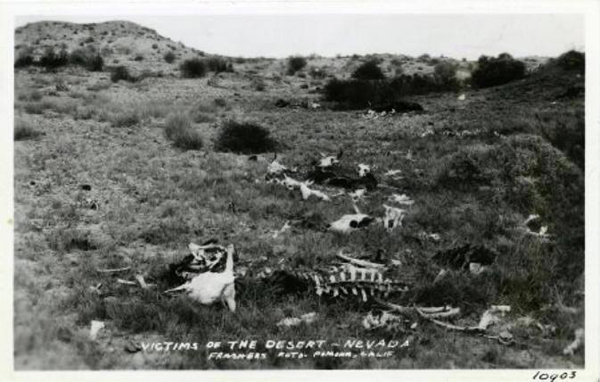
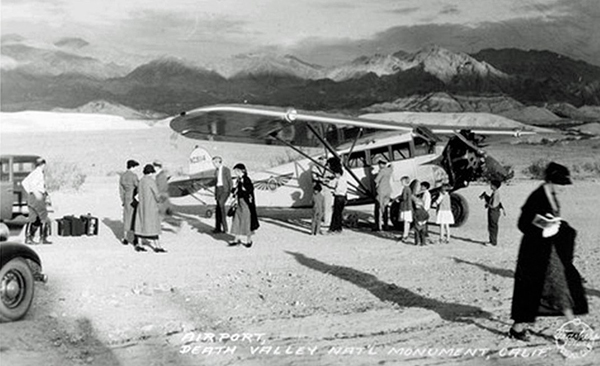


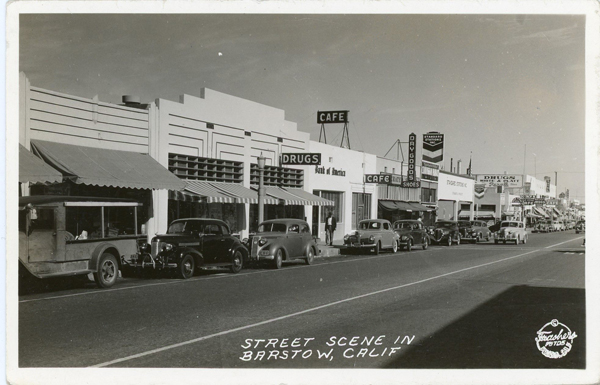
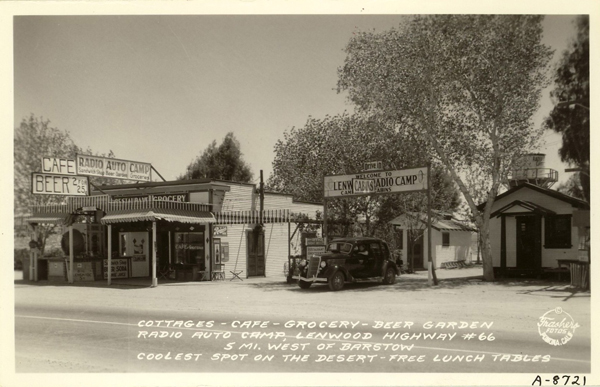


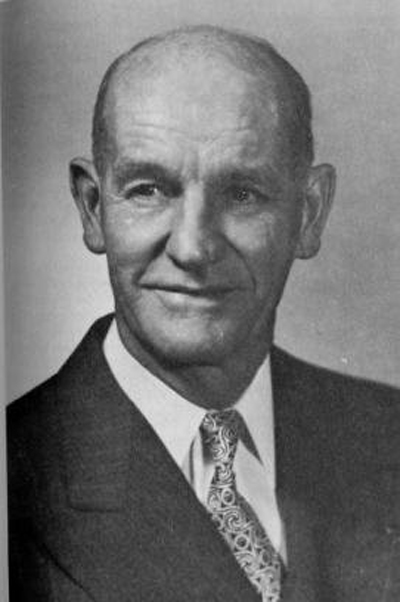
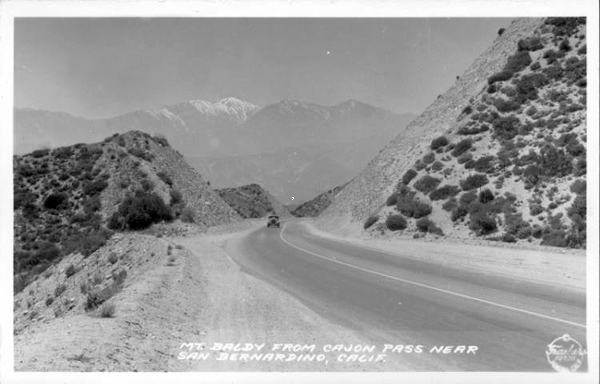
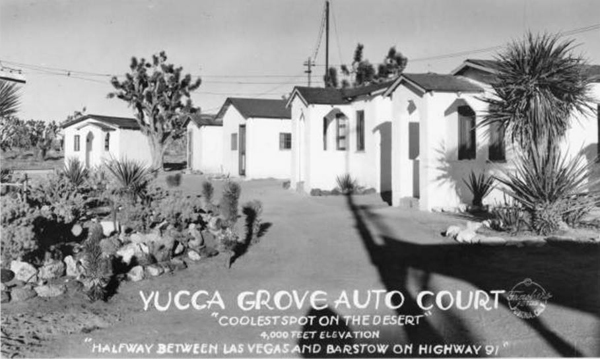
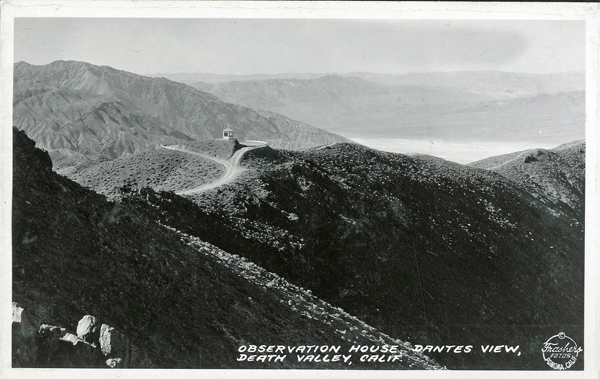
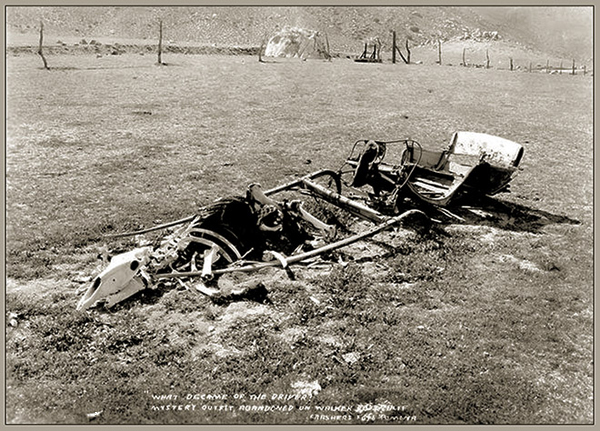

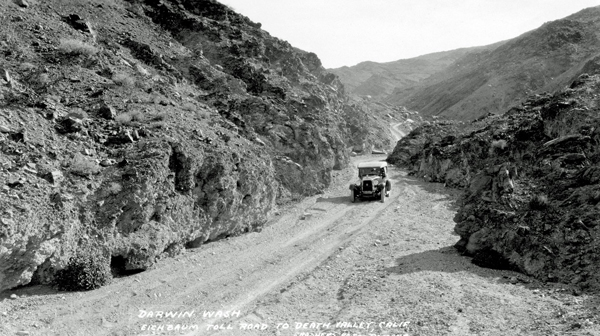
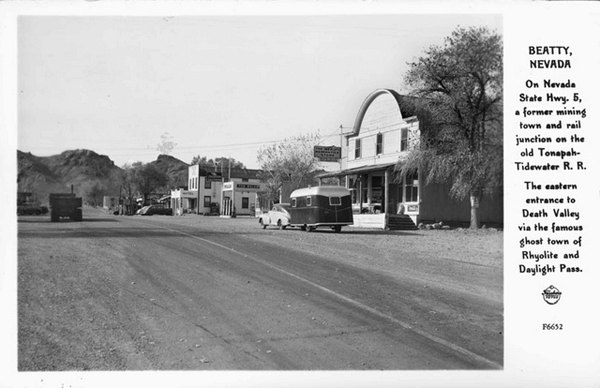


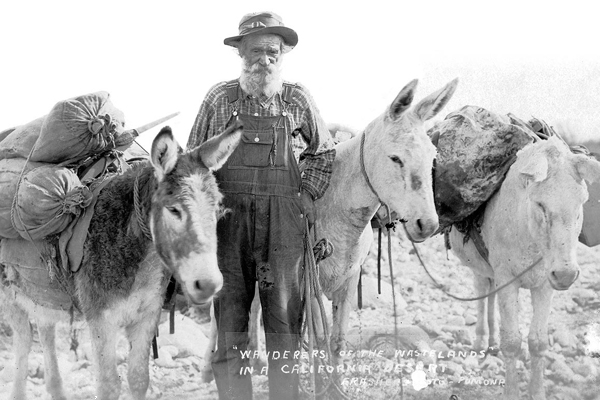


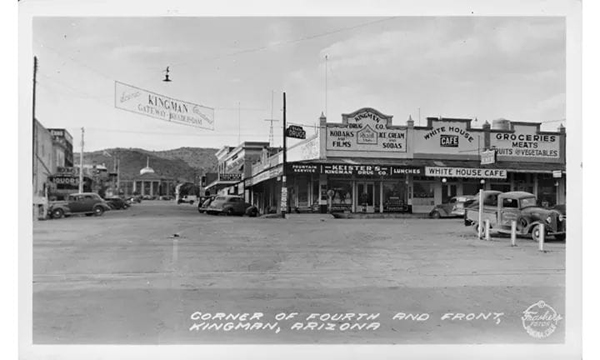
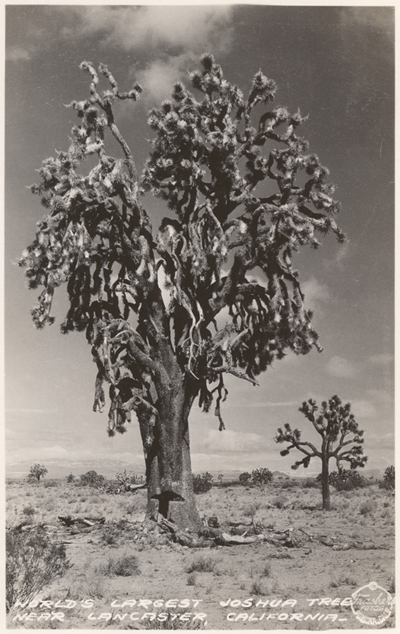
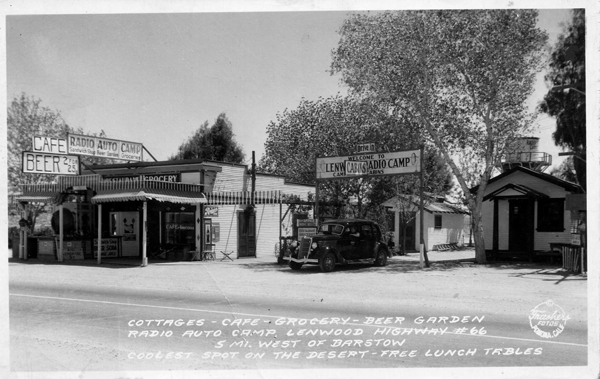
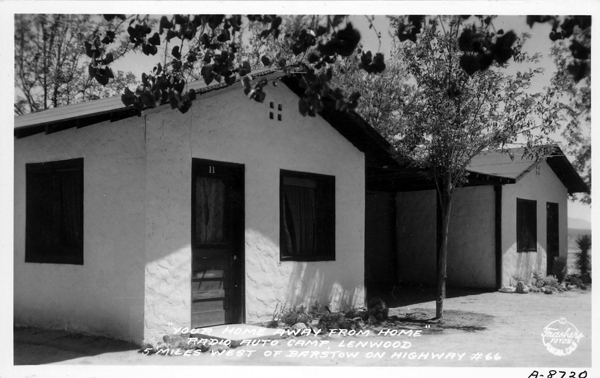
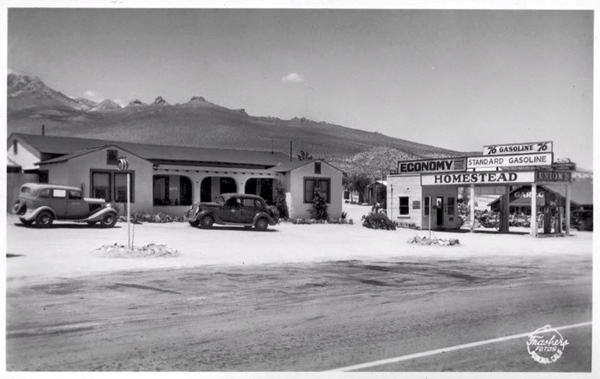
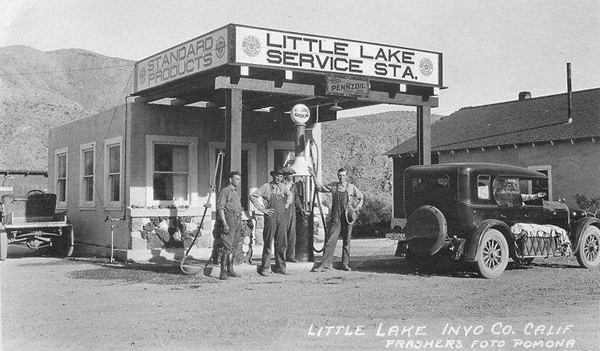

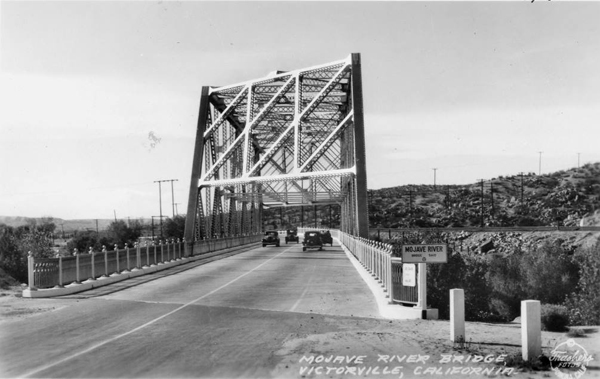
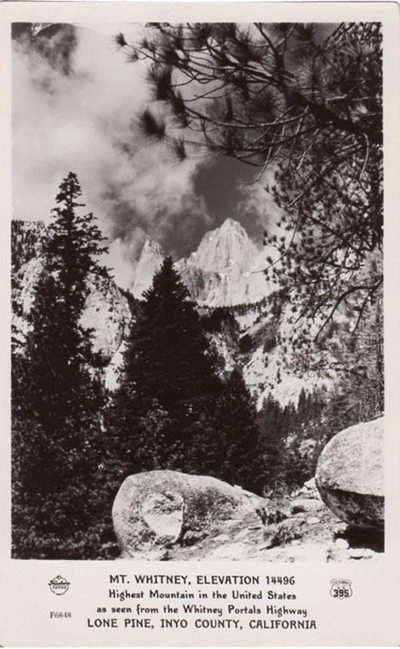
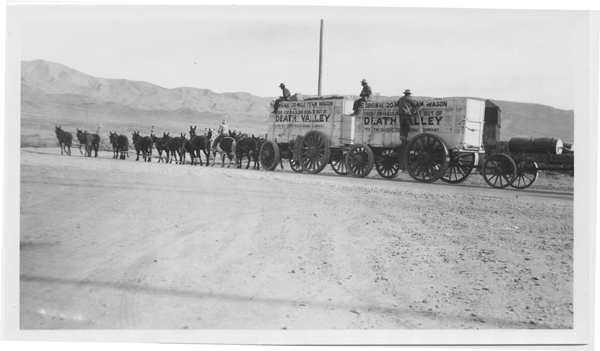



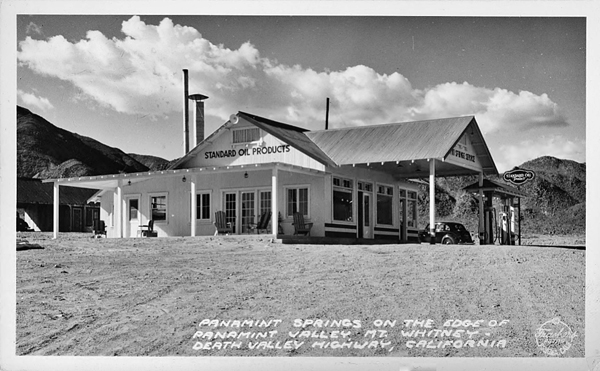
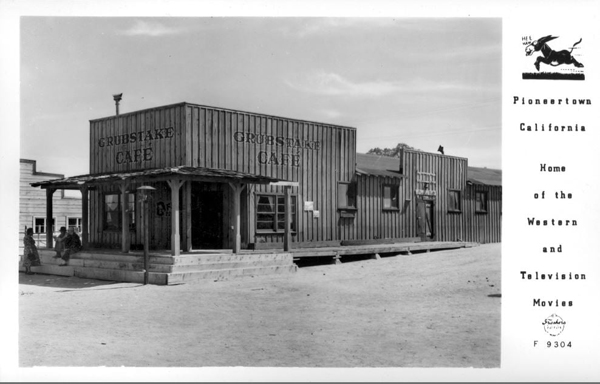
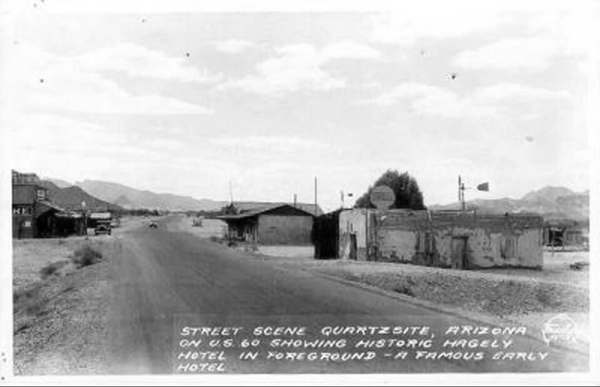
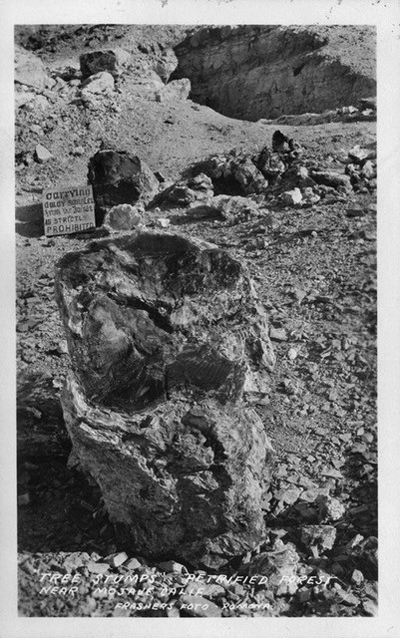
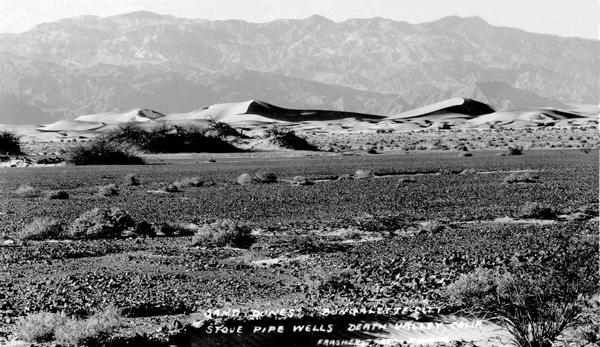


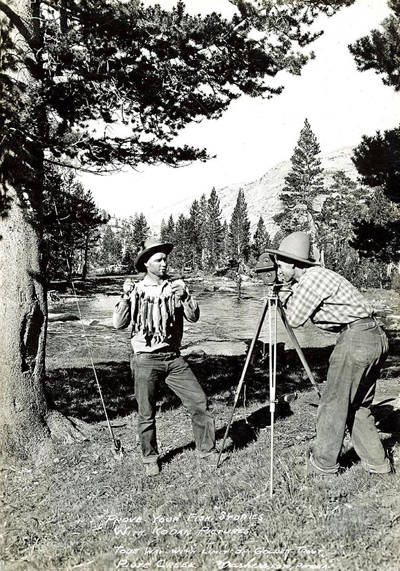
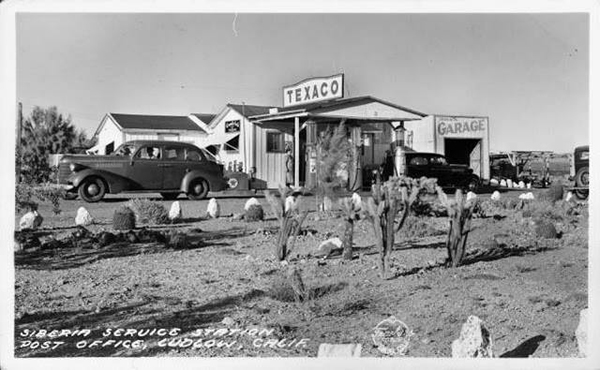

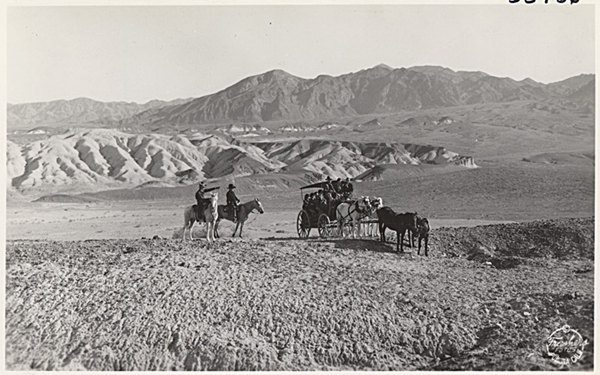
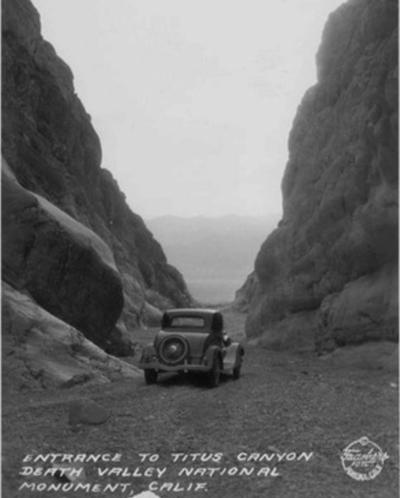

Antelope Valley, Leona Valley, Cajon Pass, San Gabriel, Wolfskill, Nadeau (see OAC)
| These images were part of a set taken by Los Angeles historian and amateur photographer George W. Hazard (1842-1914), during his years traveling throughout Southern California photographing locations of local historical significance. – Courtesy Huntington Library |
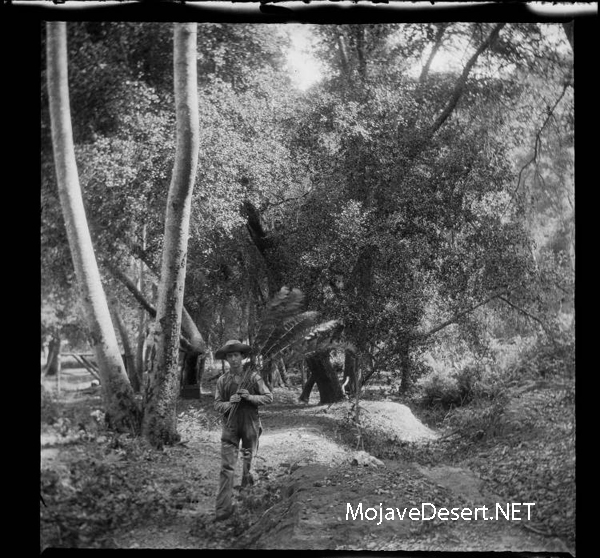
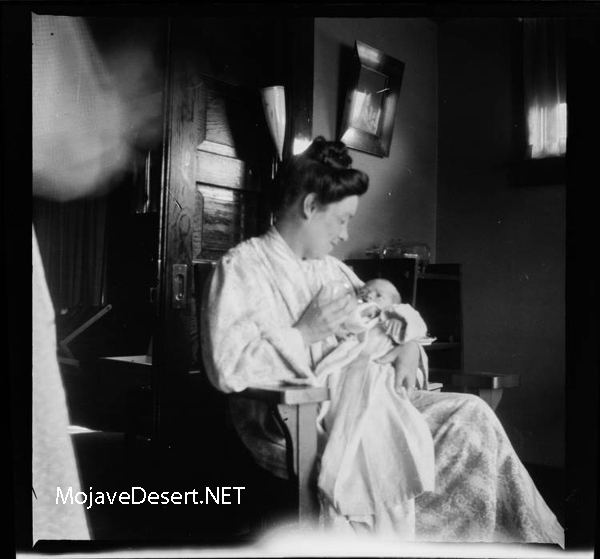
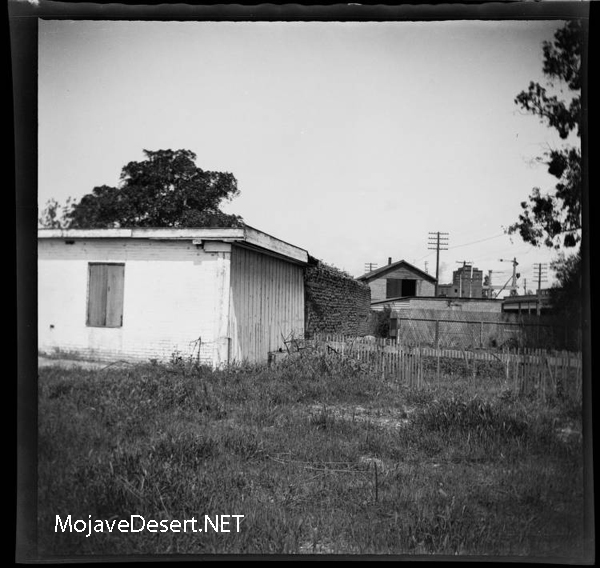
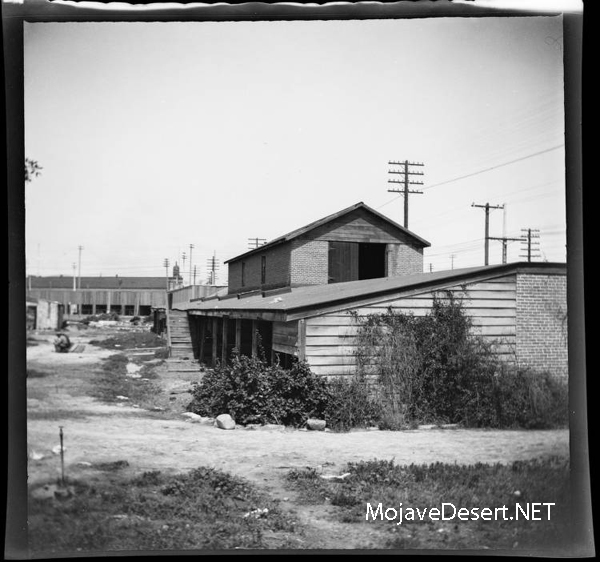

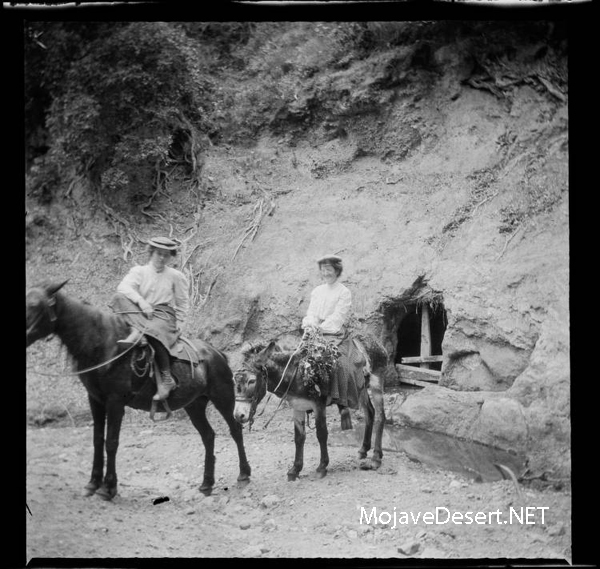
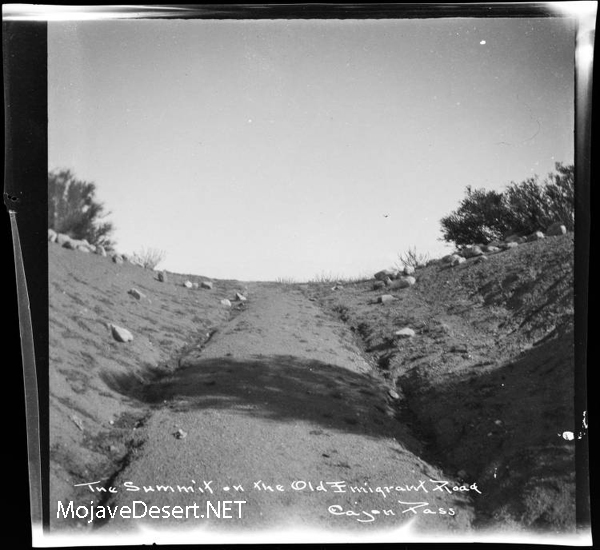
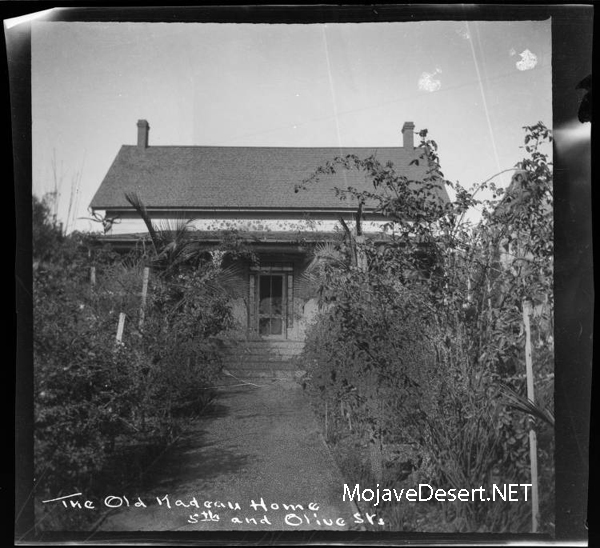
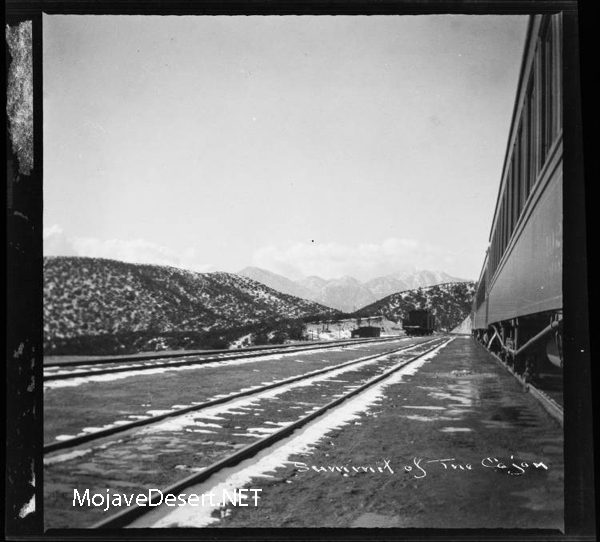
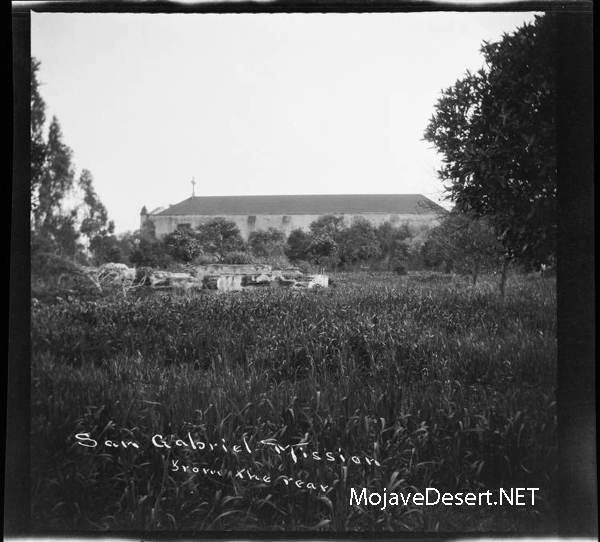

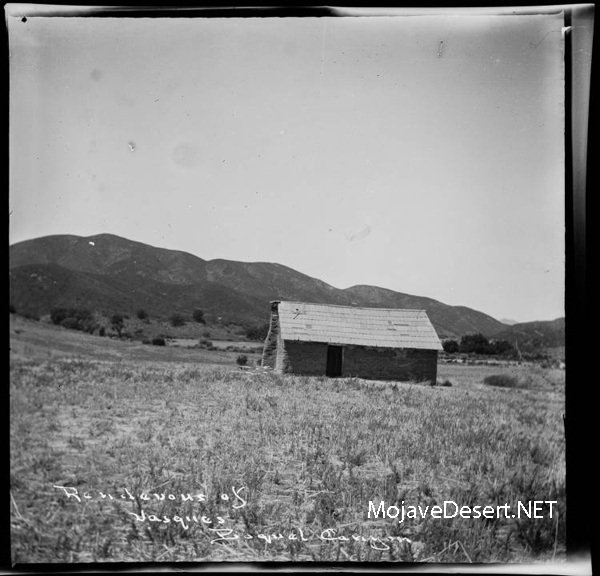
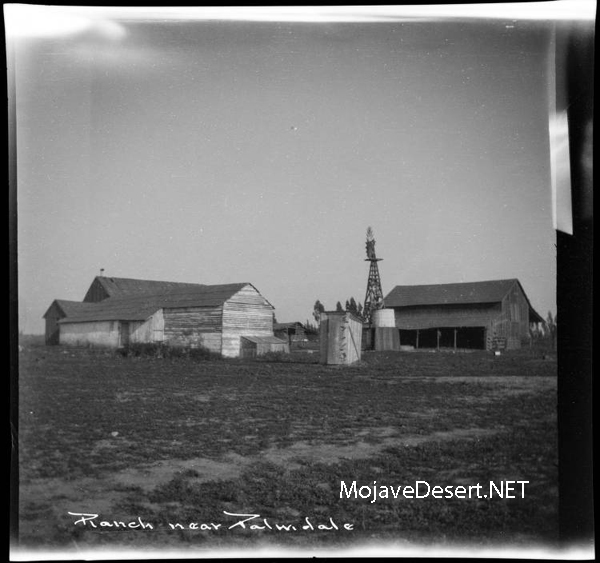
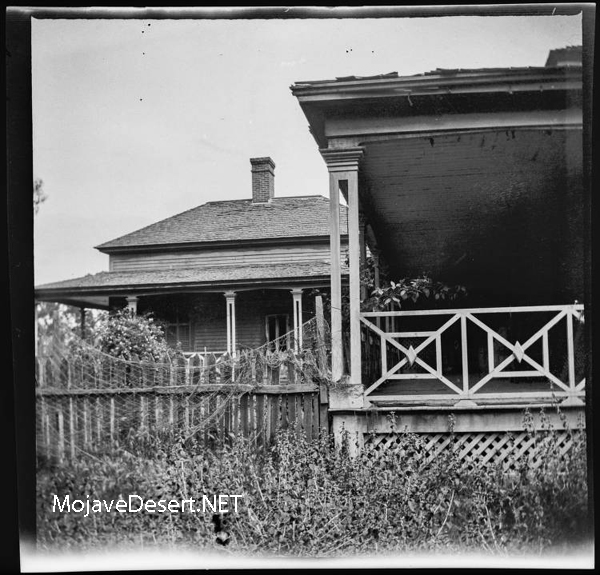
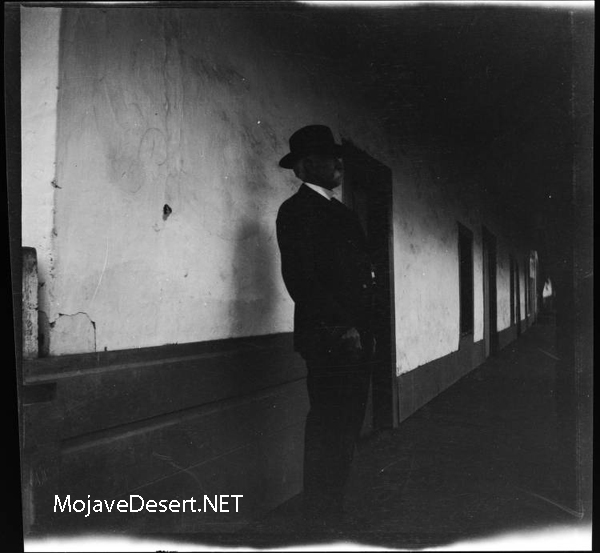
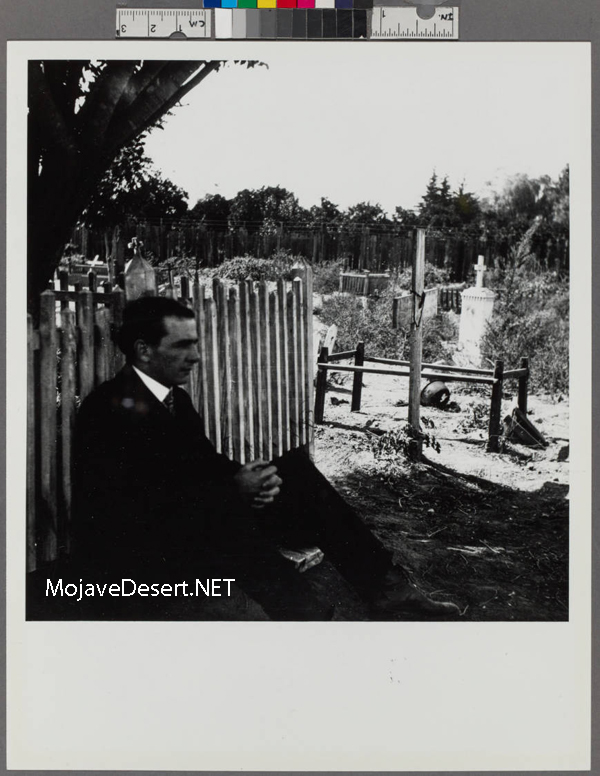
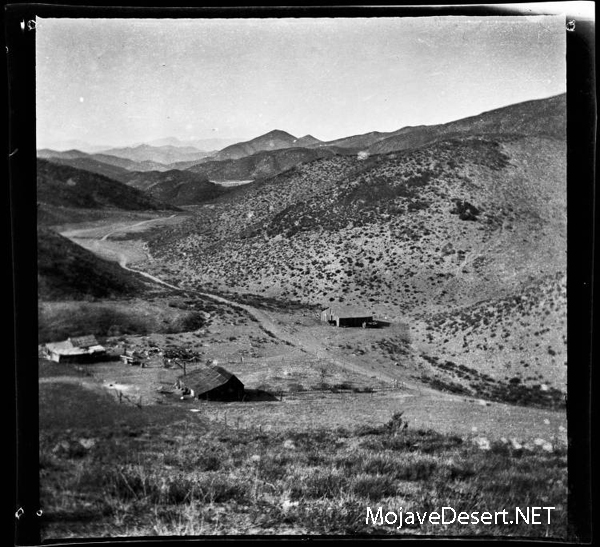

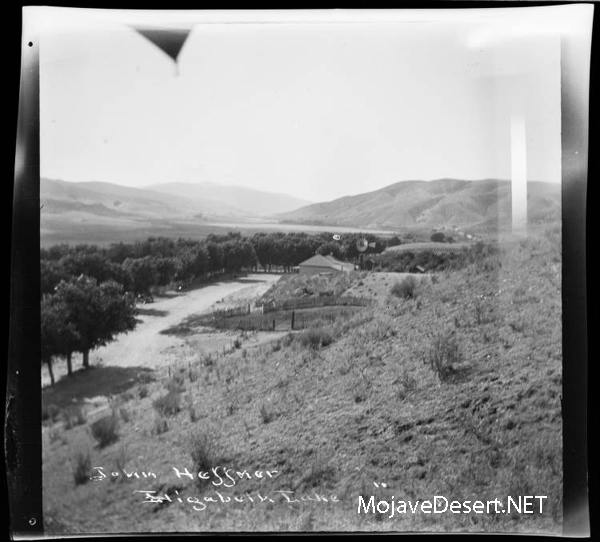

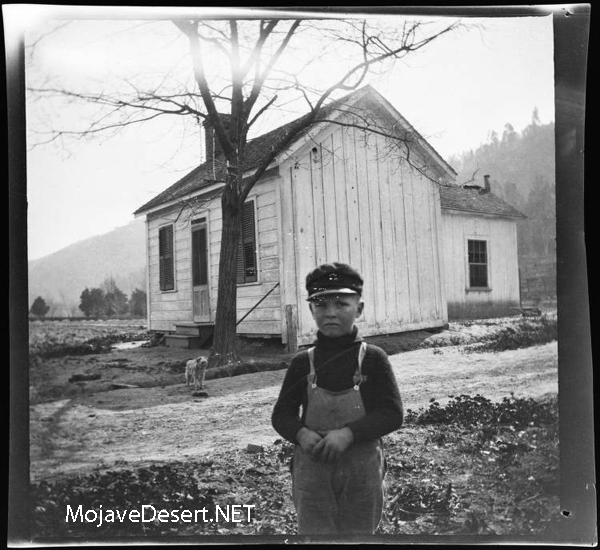
Borax mining in the United States started with the production of borax from Borax lake in Tehama County in 1864. The discovery of cotton ball ulexite in the playa of Teel’s Marsh by Frances Marion (Borax) Smith in 1872 ushered in the first major production of Borax in the United States. The center of cotton ball production then moved to Death Valley in 1880. The most famous operation was the Harmony borax works run by William Tell Coleman. This is the operation that becomes associated with the twenty-mule team wagons. With the discovery of colemanite, the Playa period started to decline.
The mines at Borate ushered in the Colemanite period of borax production. W. T. Coleman initiated the mining operations at Borate in 1884, but actual production did not commence until 1890. Several factors contributed to this delay. The first was the obvious need to provide transportation to the area and develop the mines. The second was the bankruptcy of the “House of Coleman.” In 1890 Borax Smith acquired the property from Coleman’s creditors. He then formed the Pacific Coast Borax Company and commenced shipping ore to the recently updated refinery in Alameda, California.
The two major problems plaguing production at Borate were the transportation and concentration of the ore. Initially, the ore was hand sorted at the mine and hauled to Daggett using the 20 mule teams and wagons once used in Death Valley. Smith was unhappy with this method, so in 1894 he experimented with a steam tractor locally called “Old Dinah.” Unfortunately, this experiment was a failure due to the nature of the road from the mines to Daggett. A narrow gauge railroad was then constructed in 1898 allowing the unprocessed ore to be shipped to a Calcining plant located at Marion, just North of Daggett. The ore was heated until the colemanite decrepitated and could be separated from the gangue. This allowed a better grade of ore to be shipped to Alameda and solved both problems.
By 1907 it was obvious to Smith that the days of Borate were numbered and the main operations were shifted to the Lila C mine at old Ryan, near Death Valley. All of the equipment, including the buildings, were removed and sent to the Lila C, leaving Borate completely bare. The Lila C lasted for only seven years and colemanite mining shifted to various mines in the Death Valley region. In 1927 the mines at Boron opened ushering in the Kernite period. Lessees and small miners continued operations at Borate until the opening of the mines at Boron.
text: http://wikimapia.org/1783734/Borate-CA-site
